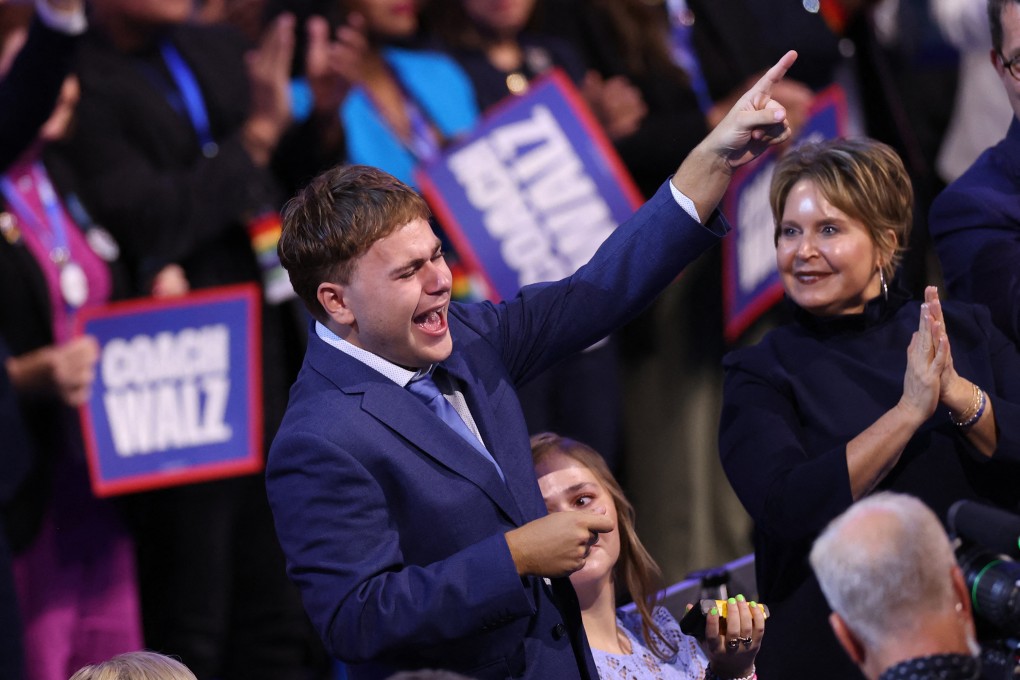Letters | Spotlight on Tim Walz’s son offers chance to learn about NVLD
Readers shed light on a learning disorder, discuss the importance of helping people who have lost a loved one to suicide, and argue for a ‘disconnect law’

Non-verbal learning disorder was first recognised in 1967. According to a 2020 study in North America, it affects 3-4 per cent of children and adolescents. Millions of children and adolescents may have NVLD.
It is characterised by a significant gap between verbal and non-verbal abilities, especially those involving visual-spatial processing. This can make it hard for those with NVLD to respect others’ personal space. People may find them socially awkward because they don’t easily recognise the meaning behind facial expressions, body language and other non-verbal forms of communication.
Gus’ outburst, when he wanted to show his support for his father during his speech at the Democratic National Convention, might be understood in the context of NVLD. He stood up, pointed at the stage and, tearing up, said, “That’s my dad!”, oblivious to the possibility that this might be seen as odd and earn him negative attention.